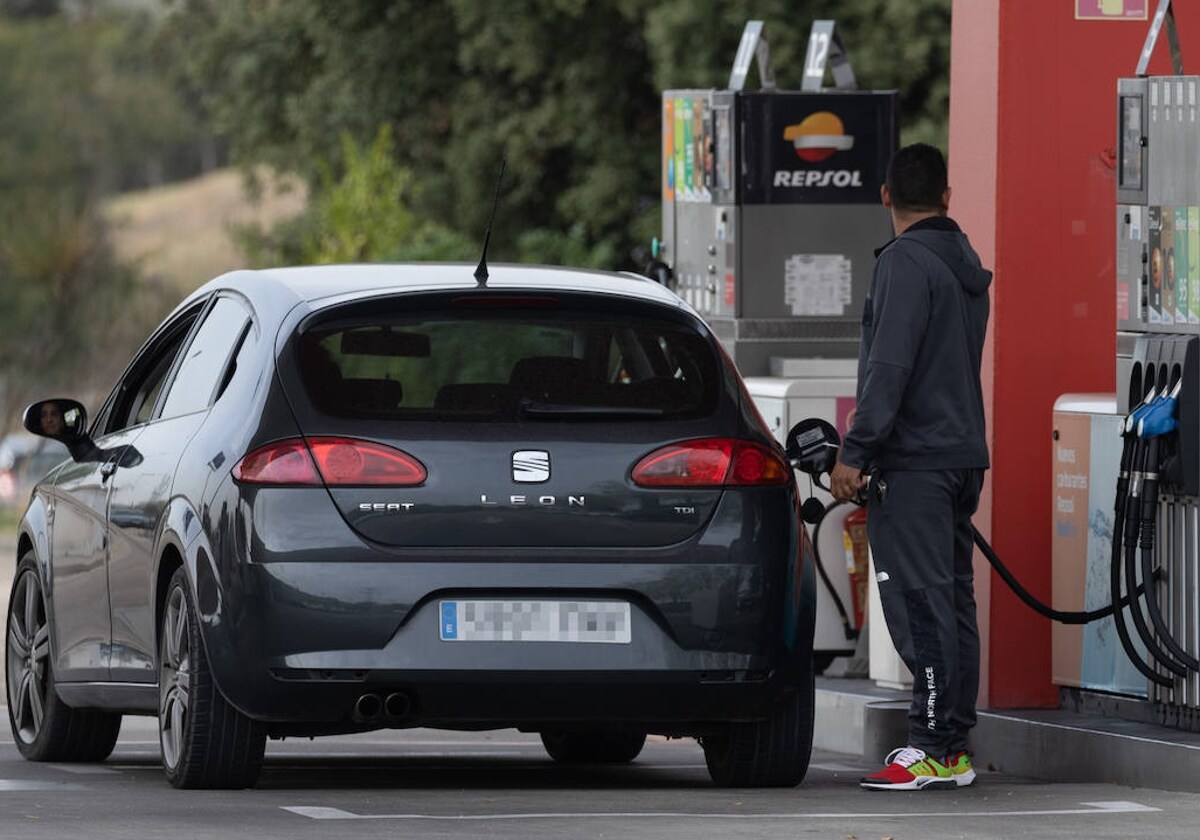The Spanish Confederation of Petrol Station Employers (Ceees) believes that the agreement of the European Parliament and the European Council to reduce emissions from new cars and vans by 100% from 2035
“has not condemned” internal combustion enginesbut it’s an “oxygen balloon” to them.
The
Commission, Parliament and Council of the European Union have reached an agreement to reduce CO2 emissions from cars and vans by 100% by 2035, effectively banning the sale of vehicles with combustion engines.
This measure comes
with intermediate goalssuch as the 55% reduction in emissions by 2030, compared to the figure for 2021. According to figures from the European Automobile Manufacturers Association (ACEA), one in five cars sold on the continent in 2021 was pluggable.
Van Ceees, however, they argue that the agreement, which still needs the approval of the 27th and the plenary session of the European Parliament to be finally adopted, contains a section on neutral fuels in carbon dioxide (CO2) with which the Commission “will make a proposal do to register
vehicles that work exclusively with neutral fuels in CO2 after 2035«.
In this way, they believe that “the door is opened to the registration of vehicles with combustion engines from that year, as long as they run on CO2-neutral fuels”, Ceees clarifies.
This organization has defended that the agreement “contains a review clause that ensures that by 2026 the Commission will thoroughly review the progress made to
100% emission reduction targets and the need to review these targets in light of technological developments, including with regard to plug-in hybrid technologies.”
In this regard, he recalled that the
plug-in hybrids In addition to electricity, they work with liquid fuels. “And once again the Council and the European Parliament are winking at this technology,” emphasizes Ceees.
They add to this argument that the European Commission
develop a common methodology of the EU in 2025 to assess the full life cycle of CO2 emissions from cars and vans placed on the market in the Member States, as well as the fuels and energy consumed by these vehicles.
“This point is particularly relevant to Ceees, who have championed the need to develop this methodology for years. It is just as important to make a detailed analysis of the ‘cradle to grave’ life cycle of the vehicles as it is of the energy that powers them,” they emphasize from the association.
Despite these considerations, members of the European Automobile Manufacturers Association (ACEA) are calling for a mid-term review of the EU-approved CO2 targets to assess whether the targets set are being met
with regard to electricity market shares or the development of charging infrastructure. “This unprecedented decision has unfathomable consequences,” said BMW ACEA Chairman and CEO,
Oliver Zipse. “The European car industry faces the challenge of delivering these electric cars, but we want to see that the conditions are met to achieve the ambitious goals: renewable energy in abundance, a public and private charging infrastructure, as well as access to raw materials » .
From the environmental association Transport & Environment (T&E): “The EU needs a solid industrial strategy that requires that
the use of local components in the production of electric vehicles and batteries, so that we can ensure that EU carmakers remain at the forefront of the global race for this type of green technology.”
According to the person in charge of electromobility of the organization
Julia Poliscanova“It is imperative that manufacturers produce more electric vehicles and batteries within Europe. On the demand side, policies are needed to give low-income families access to electric cars.”
Source: La Verdad
I am Ida Scott, a journalist and content author with a passion for uncovering the truth. I have been writing professionally for Today Times Live since 2020 and specialize in political news. My career began when I was just 17; I had already developed a knack for research and an eye for detail which made me stand out from my peers.



